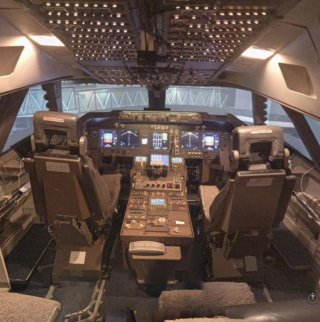marksydney
New member
I have metalworking skills and am into audio recording, I also like the xplane 11 flight sim and am considering making my own controllers because a) the cheaper ones aren't very good b)The good ones are very expensive and c) I would enjoy the process. Creating the physical bits is not a problem but I'm scoping how do-able it is for someone like me to put together the electronics and code to make it work. I've only just discovered this site and wondered if anyone would be kind enough to offer advice.
I want to make:
A flight yoke with several buttons of different types (toggle, latch and incremental)
Flight throttles with several buttons of different types (toggle, latch and incremental)
Rudder pedals with toe brakes
The rudder pedals look like the simplest to start with and I may attempt construction of these first.
Thanks in advance.
Mark
I want to make:
A flight yoke with several buttons of different types (toggle, latch and incremental)
Flight throttles with several buttons of different types (toggle, latch and incremental)
Rudder pedals with toe brakes
The rudder pedals look like the simplest to start with and I may attempt construction of these first.
Thanks in advance.
Mark


